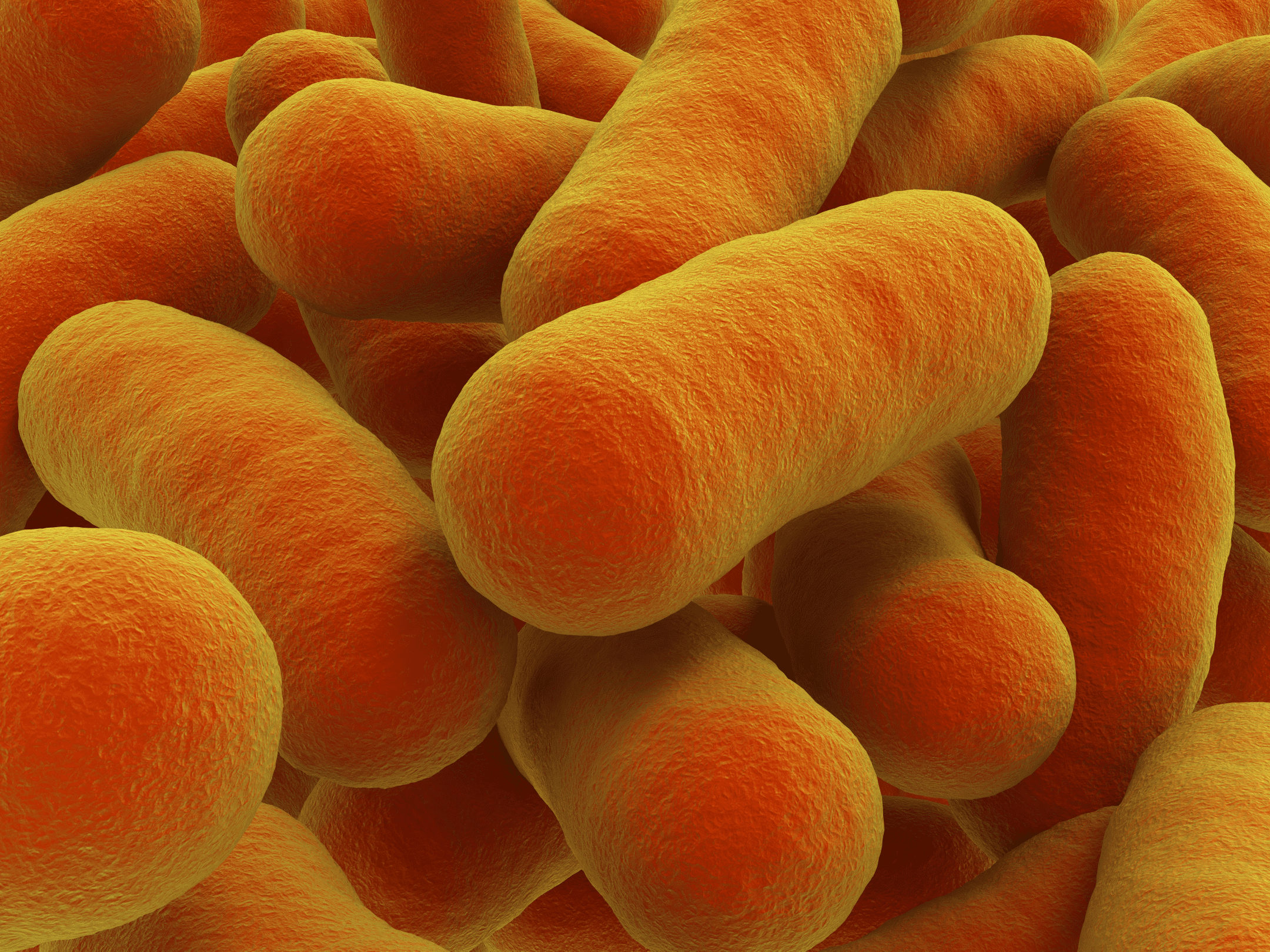Cells naturally produce complex chemicals using enzymes without the high temperatures and pressures used in human industry.
Introduction
Enzymes are specialized proteins found in all living organisms, serving as catalysts for biochemical reactions essential for life. These remarkable molecules facilitate complex chemical processes with high specificity and efficiency, operating under mild conditions that are conducive to life. Enzymes are found in diverse environments, from the human body to the depths of the ocean, each tailored to perform specific functions that sustain the organism’s metabolic needs.
The Strategy
Enzymes work by lowering the activation energy required for chemical reactions, allowing these reactions to occur rapidly and efficiently at ambient temperatures and pressures. They achieve this through their unique three-dimensional structures, which create an active site specifically shaped to bind to their target molecules, or substrates. This binding causes the enzyme to change shape, stabilizing the transition state of the reaction and facilitating the conversion of substrates into products.
One well-known example of enzymatic efficiency is the enzyme nitrogenase, used by certain soil bacteria to convert atmospheric nitrogen (N₂) into ammonia (NH₃). This process, known as nitrogen fixation, is crucial for the nitrogen cycle and supports plant growth by making nitrogen available in a form that plants can absorb and utilize. Nitrogenase operates under ambient conditions, using energy derived from (adenosine triphosphate) molecules to drive the reaction, in stark contrast to the industrial Haber-Bosch process, which requires high temperatures and pressures to synthesize ammonia.
Another example is the enzyme formic acid dehydrogenase, found in the stinging ants that produce formic acid as a defense mechanism. This enzyme efficiently s the production of formic acid from formate under mild conditions, showcasing nature’s ability to perform chemical transformations without the need for harsh chemicals or extreme conditions.
Enzymes’ high specificity and efficiency are due to their evolutionary refinement. Over millions of years, natural selection has optimized these molecules to perform their functions with minimal waste and maximal precision. Enzymes often work in concert with cofactors—non-protein molecules that assist in enzymatic activity—such as metal ions or organic molecules like NADH (nicotinamide adenine dinucleotide). These cofactors play a critical role in facilitating the transfer of electrons or other groups during the reaction, further enhancing the enzyme’s efficiency.
The Potential
Understanding how enzymes achieve their remarkable catalytic abilities offers valuable insights for developing sustainable technologies. By emulating enzymatic processes, industries can create efficient, eco-friendly methods for chemical production. For example, adopting enzyme-like s in industrial processes can reduce the need for high temperatures and pressures, lowering energy consumption and minimizing environmental impact.
In the field of green chemistry, researchers are exploring enzyme-inspired catalysts to produce biofuels, pharmaceuticals, and other chemicals more sustainably. These biomimetic approaches not only improve efficiency but also align with principles of sustainability by reducing reliance on fossil fuels and minimizing toxic byproducts.
The study of enzymes exemplifies the power of , demonstrating how nature’s strategies can inspire innovative solutions to modern challenges. By learning from and emulating the natural world, we can develop technologies that work in harmony with the environment, fostering a more sustainable and resilient future.
AI on AskNature
This page was produced in part with the assistance of AI, which is allowing us to greatly expand the volume of content available on AskNature. All of the content has been reviewed for accuracy and appropriateness by human editors. To provide feedback or to get involved with the project, contact us.






